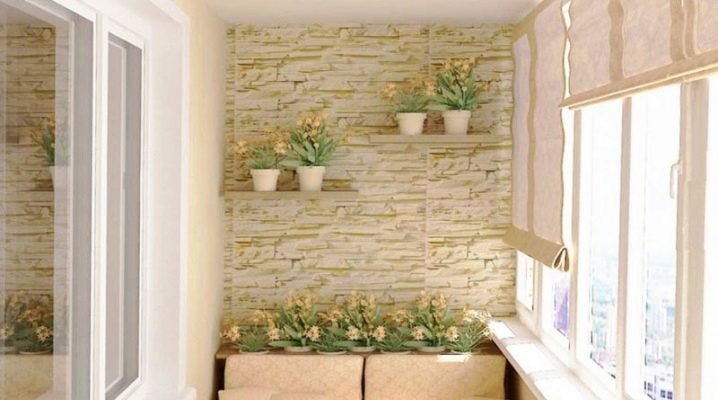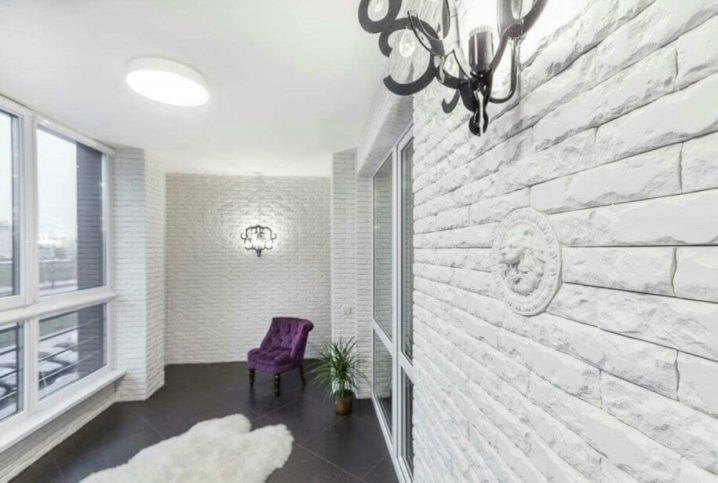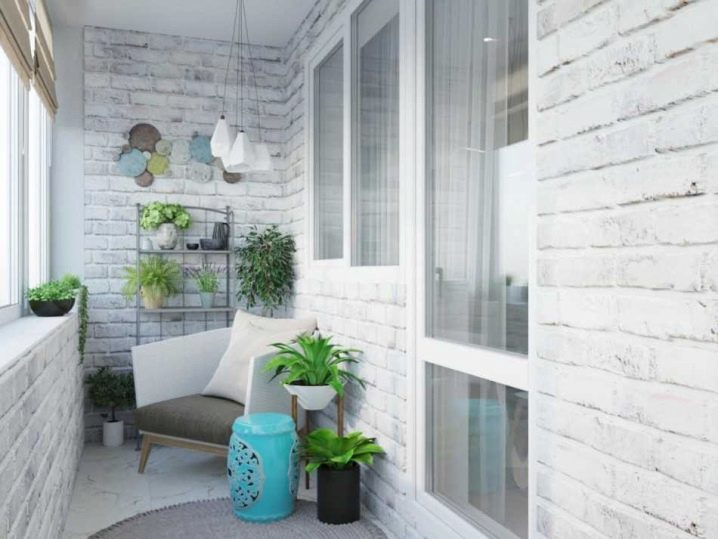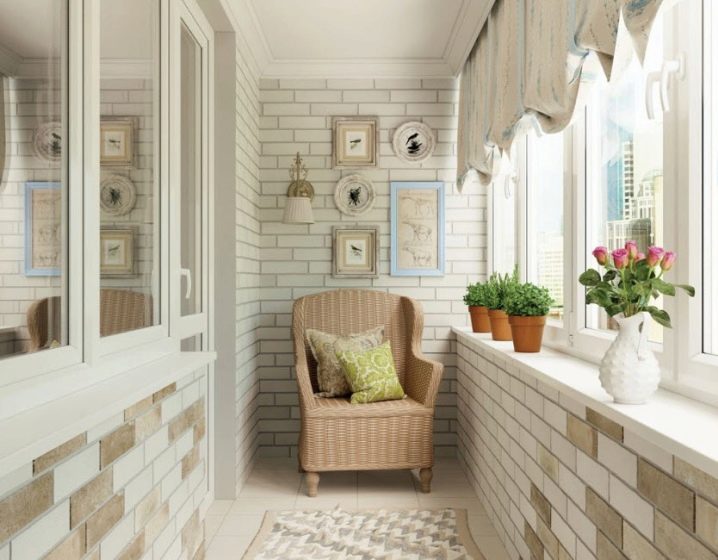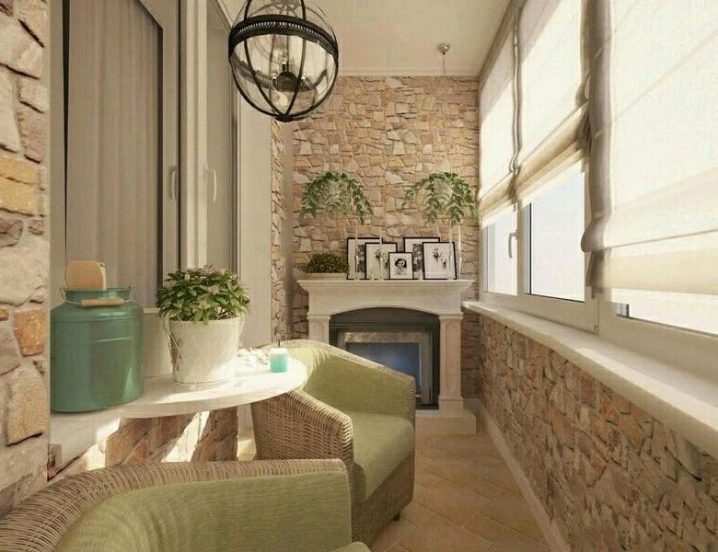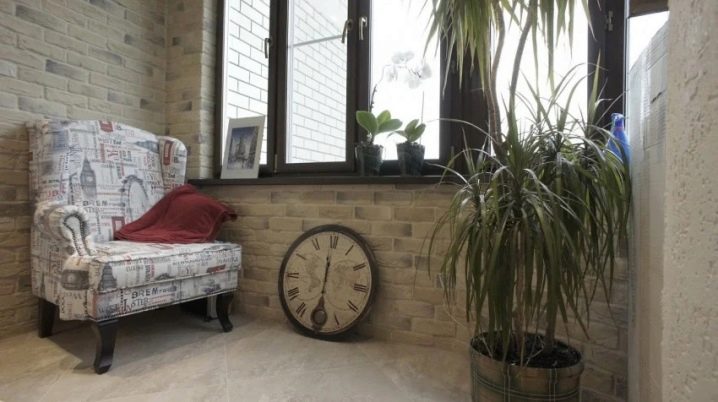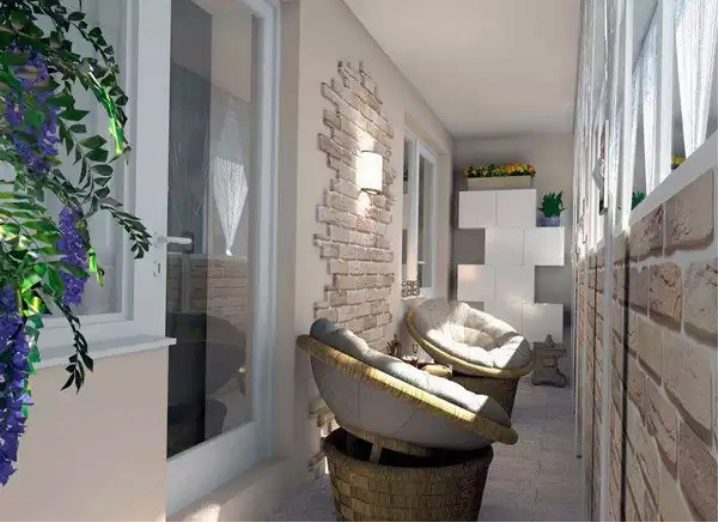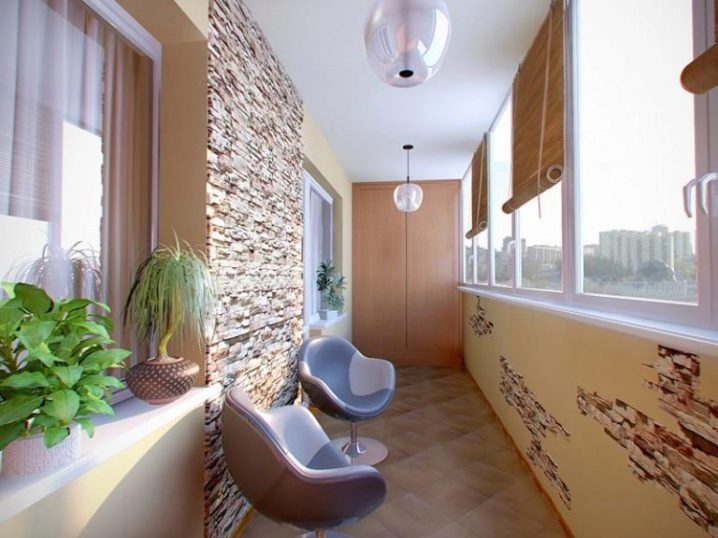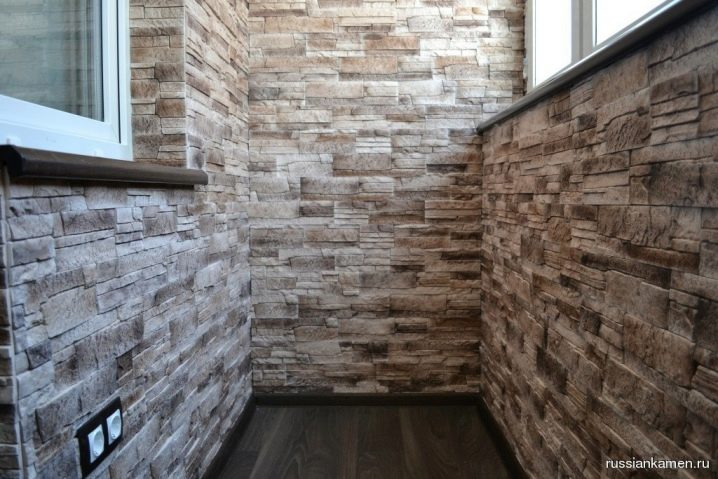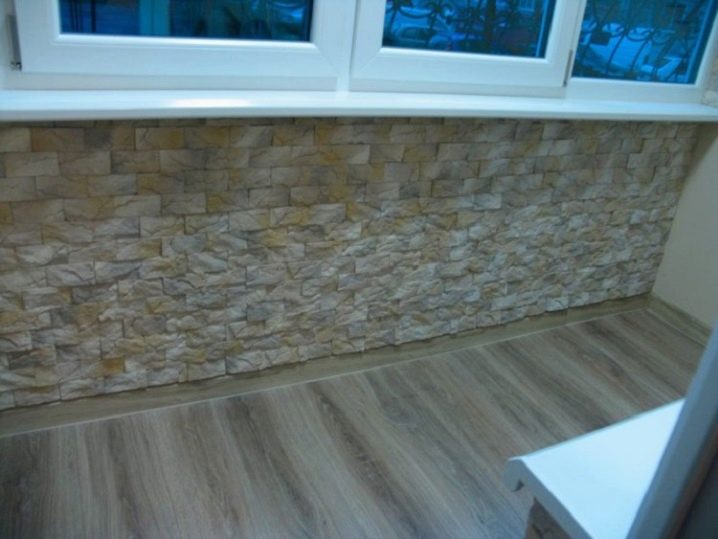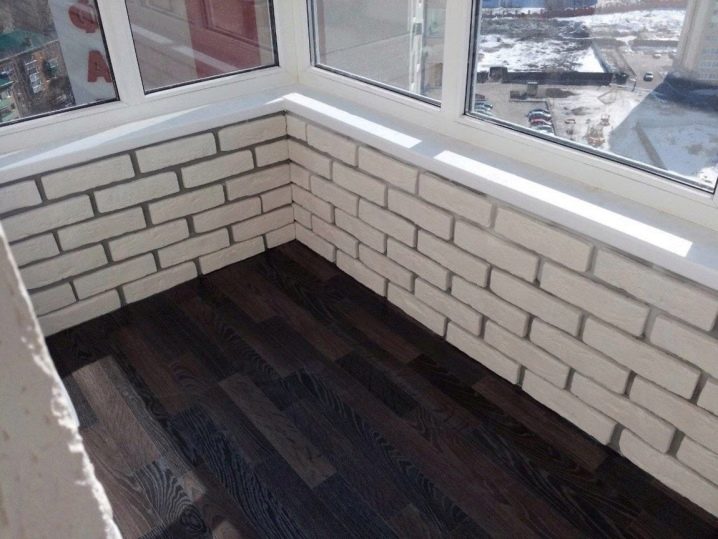Finishing the balcony under a stone
Decorating a balcony with a stone can be a very useful and pleasant design option. Almost everyone can create the necessary design inside, even without resorting to experienced designers. But you will have to study the intricacies of the interior decoration of the loggia with decorative panels and tiles.
Advantages and disadvantages
It should be said right away that finishing a balcony under a stone is a completely modern and adequate solution; any reasoning about the obsolescence of such compositions is incorrect and based only on ill-conceived examples. But before you design the space inside the loggia in a similar way, you need to understand the positive and negative sides. Experts note:
- visual beauty;
- comparative simplicity;
- high strength and reliability;
- resistance to fungal attack;
- thermal resistance;
- excellent level of thermal protection;
- insufficient strength of individual models;
- the need to protect gypsum-based products from moisture.
Materials (edit)
You can imitate natural stone in various ways. One of the most advanced solutions is decorating with decorative tiles. The surface reproduces the appearance of genuine stone blocks as accurately as possible, which pleases connoisseurs of this style. But PVC panels can also be used. They are able to show the appearance of a wide variety of stones, including granite and rough bricks, and many other types.
On a dry, weather-protected loggia, wallpaper is sometimes used. Reproduction of the stone surface is achieved by applying a special paint to the embossed base. The variety of such design solutions is quite large. When evaluating a specific option, one should not think only about technical characteristics. It is also important to remember about the cost of specific solutions.
Design
When equipping the interior of the loggia, one must understand that the names of the finishing collections from the manufacturers can be misleading. Lush and beautiful "alpine", "palace" and other names do not always correspond to reality. And if they do, then such a decor will not fit into the usual atmosphere of a house or apartment. Imitation stones must accurately reflect the surface of their prototypes:
- sandstone is porous and does not have a large texture;
- limestone is colored in various shades of gray;
- zeolite is similar in texture to granite, its shades are varied.
What to combine with?
The combination of decorative stone is perceived in a very original way. Such combinations have appeared recently, but have already established themselves among designers. Important: the wallpaper must have a large relief or large patterns. In a small room, it is recommended to use a light stone. Fans of avant-garde experiments can try to introduce glass wallpaper in the interior.
Decorative plaster can be seen as a good duo too. It is possible to achieve the impression of a worn stone by varying relatively dark and relatively light areas. Tinting is carried out taking into account the texture of the stone. It must be understood that the correct application of decorative plaster is not easy. It will take some serious preparation.
Regular paint is not so bad in this regard. This is a kind of classic renovation. True, the original surface will have to be scrupulously leveled. You can show originality by adding roughly finished wood to the stone.
In ecological style, the introduction of bamboo is welcome; if it is very difficult to find a solution, it is necessary to stop at monochrome panels.
Beautiful examples
The decoration of the entire main part of the loggia with stone is perceived simply and elegantly.The photo clearly shows that this is by no means boring and monotonous.
But it is also a good idea to combine the stone with a dull striped flooring.
However, brick is also a stone. Shown here is how gracefully it combines with a very dark laminate.
How to transform an old balcony into a cozy corner, see the video below.
